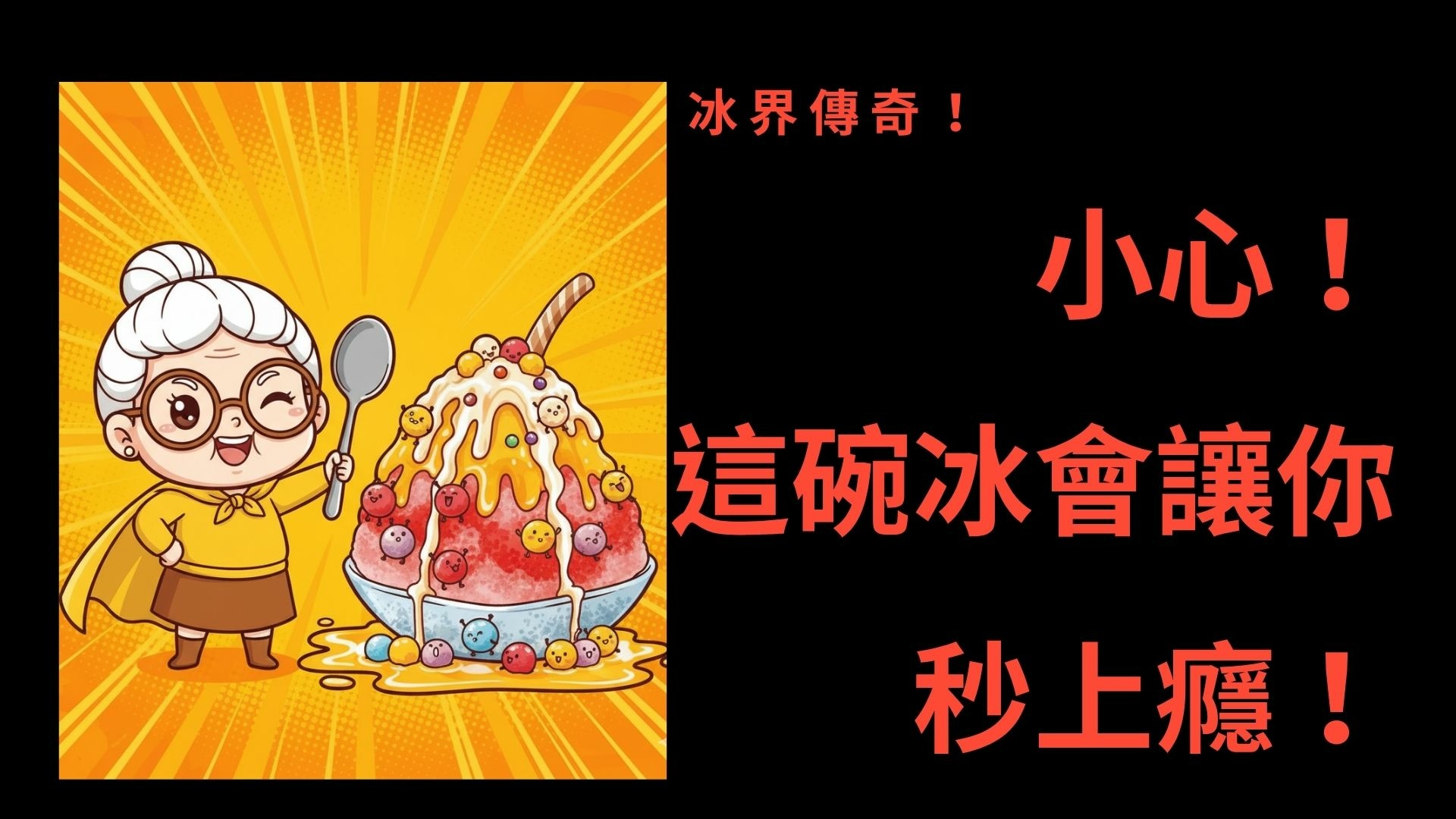A Tea By Any Other Name . . .
 All tea comes from the Camellia sinensis plant, a warm-weather evergreen. How the fresh leaves of the tea plant are processed and their level of contact with oxygen determine resulting types of tea. During oxidation, tea leaves undergo natural chemical reactions that result in distinctive color and taste characteristics. Green tea is not oxidized at all—the leaves are steamed, rolled and dried while black tea is allowed to oxidize for two to four hours. Oolong tea falls somewhere between green and black teas, in that the leaves are only partially oxidized.
All tea comes from the Camellia sinensis plant, a warm-weather evergreen. How the fresh leaves of the tea plant are processed and their level of contact with oxygen determine resulting types of tea. During oxidation, tea leaves undergo natural chemical reactions that result in distinctive color and taste characteristics. Green tea is not oxidized at all—the leaves are steamed, rolled and dried while black tea is allowed to oxidize for two to four hours. Oolong tea falls somewhere between green and black teas, in that the leaves are only partially oxidized.
Tea Guru 發表在 痞客邦 留言(0) 人氣()
Prepared by Joseph P. Simrany
President, Tea Association of the U.S.A., Inc.
Tea Guru 發表在 痞客邦 留言(0) 人氣()
By Alan Bjerga
Sept. 18 (Bloomberg) -- Tea may improve the ability to concentrate because of a substance found almost exclusively in several types of the beverage, according to research presented at a conference highlighting ties between tea and good health.
Tea Guru 發表在 痞客邦 留言(0) 人氣()
When, Where and By whom was tea first discovered?
The first references to tea go back nearly 5,000 years and are understandably obscure. Many countries have their own version of how tea was discovered, but the Chinese version is the oldest. According to Chinese literature, Emperor Shen Nung, who was known, as the “Divine Healer” would routinely boil his drinking water before consuming it, a healthy practice even by today’s standards. As the story goes, one day some leaves from a nearby tree fell into the pot, which resulted in an excellent tasting and fragrant beverage. For the record, tea grows on bushes which are usually kept pruned to 3 feet but, left unattended in the wild, could easily grow to a tree of 30 or more feet high. In this manner, according to legend, tea was discovered.
Tea Guru 發表在 痞客邦 留言(0) 人氣()
中国茶は数百種類あるともいわれ、地域や季節によりさまざまな茶文化が育まれてきました。
中国茶の主な産地
Tea Guru 發表在 痞客邦 留言(0) 人氣()
 2006年中國生産了102萬噸茶葉(中國統計局數字)。這是首次超越印度成為世界最大的茶葉生産國家。與此同時,國内消費量創歷史紀録達到66萬噸,盡管受到嚴格的日本和歐盟農藥殘留(最大殘留限制)、人民幣升值和生産成本上升的影響,出口顯示邊際成長了28.7萬噸。
2006年中國生産了102萬噸茶葉(中國統計局數字)。這是首次超越印度成為世界最大的茶葉生産國家。與此同時,國内消費量創歷史紀録達到66萬噸,盡管受到嚴格的日本和歐盟農藥殘留(最大殘留限制)、人民幣升值和生産成本上升的影響,出口顯示邊際成長了28.7萬噸。
在這巨大的國内市場内,主流仍舊是緑茶,大约占領市場份額的一半以上。烏龍茶、普洱茶保持上升,而茉莉茶和紅茶持續緩慢下降,在2%的邊緣挣扎。松散采購一直是老年人和低收入群體根生蒂固的習慣,他們要麽“眼見為實”,要麽是簡單的價格意識。但是,隨着越來越多的包裝産品和更大範圍的選擇,例如消費者能够從超市貨架上隨意采購大批商品。包裝茶葉(美味茶葉或茶袋)受惠于健康意識,深受城市内富裕的年輕人喜愛,他們要求質量、品牌和感知的産品印象。他們也熱衷于有機茶和傳統茶葉(例如,草藥茶、伯爵茶、錫金茶)。RTD茶目標定位于更加年輕的喝罐裝飲料長大的一代。夏季RDT茶消費達到峰值,越來越多女性加强了體重管理意識。在公共假日特別是中國新年,禮品包裝茶葉銷得樂翻天。
Tea Guru 發表在 痞客邦 留言(0) 人氣()
2008
February 14 - 16, 2008:
Tea Guru 發表在 痞客邦 留言(0) 人氣()
東方美人茶
東方美人茶,又稱香檳烏龍茶、白毫烏龍茶或椪風茶(膨風茶)。早年茶葉外銷至英國時英國女皇驚豔其特殊的風味,又因來自東方,因此賜名為東方美人茶。此項說法是相傳美人茶名稱的由來。
Tea Guru 發表在 痞客邦 留言(0) 人氣()
中國時報 2008.03.05 鹿谷鄉農會 推精典茶藝班 葉明憲/鹿谷報導

Tea Guru 發表在 痞客邦 留言(0) 人氣()
文‧季野‧‧‧
有很長一段時間,我完全沉緬在自己的生活中,雖然有茶相伴,卻沒有參加任何與茶相關的活動,直到2001年末受到陳總會長懷遠先生及柯會長燕燕小姐的相繼邀約,我才又陸陸續續的參加了若干場茶藝盛會,自2002年春末後,我開始週期的與【會心茶集】的茶友們的茶友切磋茶事,很自然的有了更多參與茶界活動的機會,經過這一年多的觀摩,我發現台灣目前的的茶藝發展,已甚有可觀,就風貌而言,不但多元,亦且華麗,誠然可喜,不過仍然衷心期待,除了跨度大,樣相多,表現巧之外,各方茶友能在深度建構及理論基礎上多用點心思,因為茶的推廣不能不依靠形式,但本來就偏向靜態,又缺乏衝突及動感的展演形式,如不能從內涵著手,賦予張力,則不論在形式上如何爭奇鬥艷,終難免因內容的空泛而成繁華過眼,談論茶事可大可小,本文願就茶的【沖泡器】為主,以就教於各位茶友,敬祈方家不吝指教。
Tea Guru 發表在 痞客邦 留言(0) 人氣()
 All tea comes from the Camellia sinensis plant, a warm-weather evergreen. How the fresh leaves of the tea plant are processed and their level of contact with oxygen determine resulting types of tea. During oxidation, tea leaves undergo natural chemical reactions that result in distinctive color and taste characteristics. Green tea is not oxidized at all—the leaves are steamed, rolled and dried while black tea is allowed to oxidize for two to four hours. Oolong tea falls somewhere between green and black teas, in that the leaves are only partially oxidized.
All tea comes from the Camellia sinensis plant, a warm-weather evergreen. How the fresh leaves of the tea plant are processed and their level of contact with oxygen determine resulting types of tea. During oxidation, tea leaves undergo natural chemical reactions that result in distinctive color and taste characteristics. Green tea is not oxidized at all—the leaves are steamed, rolled and dried while black tea is allowed to oxidize for two to four hours. Oolong tea falls somewhere between green and black teas, in that the leaves are only partially oxidized.



